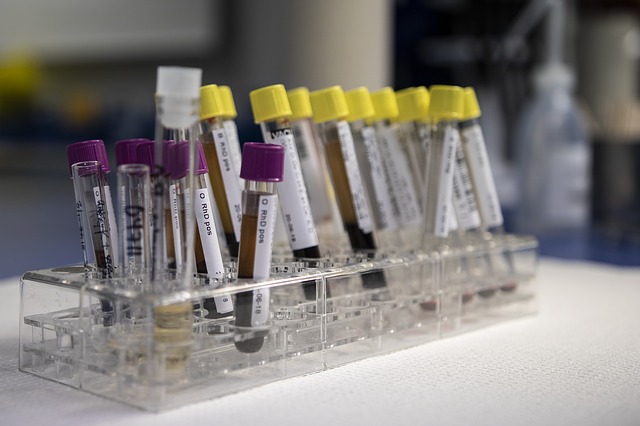
2022-07-13
What tests correspond to the blood collection tubes of different colors? Is there any difference between venous blood collection and finger blood collection? Why must I be hungry for blood tests?
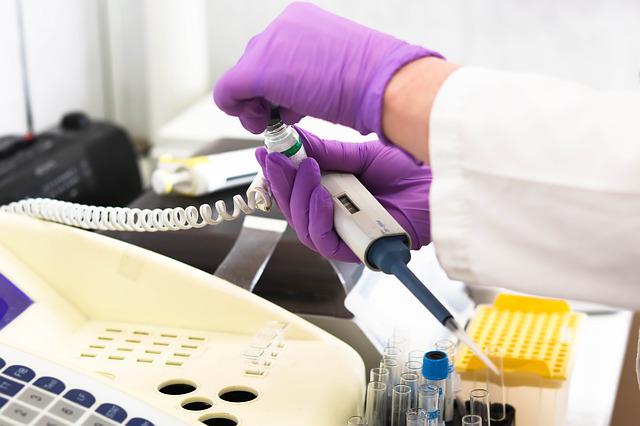
2022-07-13
Nowadays, blood and urine analyzers are reporting more and more parameters, from 8 items to more than 40. There are also more and more test channels and methodologies. But the more items there are, the more confused clinicians and even testers are,
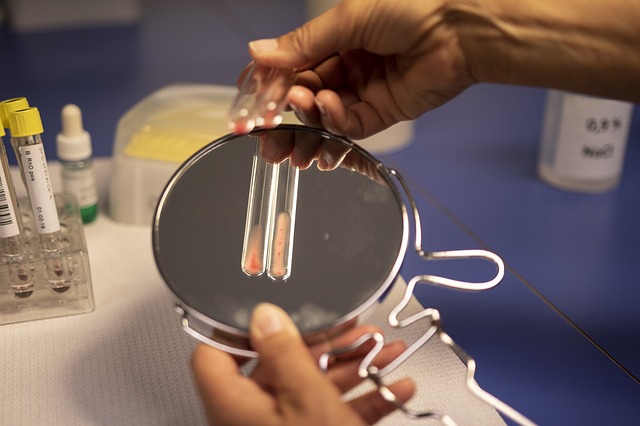
2022-07-13
Since the birth of the world's first automatic blood cell counter in 1953, hematology analyzers have grown along with Laboratory Medicine. With the development of basic medicine and testing technology, and the application of computer technology, the detection ability of hematology analyzers has been continuously improved.
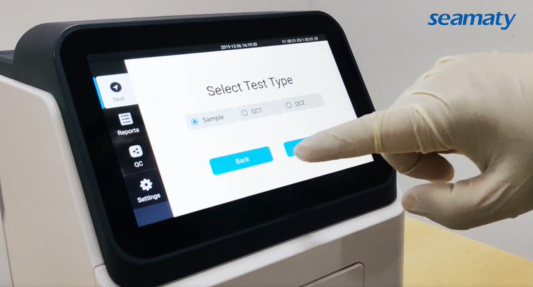
2022-07-12
Point-of-care clinical chemistry (POCT) is a fast-growing field in healthcare. It offers many benefits to patients and providers alike. This blog post will provide an overview of POCT clinical chemistry, including its history, applications, and key considerations for implementing it in your practice. Stay tuned for future posts that will delve into specific aspects of POCT!

2022-07-11
Clinical chemistry is the application of analytical techniques and instrumentation to the diagnosis and treatment of disease. The use of these techniques and instruments has increased the accuracy and speed of diagnosis, as well as the ability to detect and monitor disease progression.
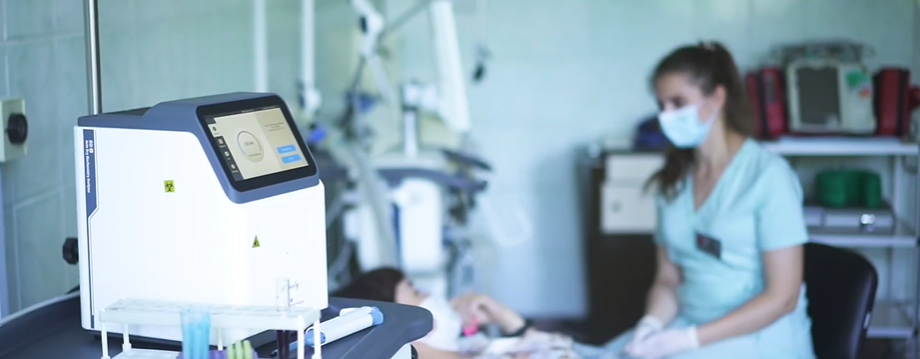
2022-07-07
Point-of-care (POC) testing is a type of medical test that can be performed at the bedside or in another location outside of a traditional laboratory setting. This type of testing offers many benefits, including convenience and timeliness.